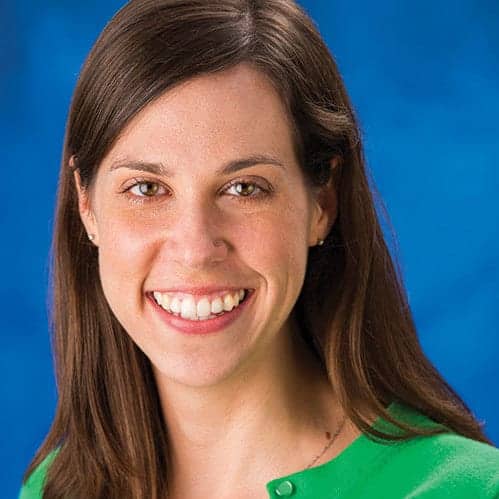
This reality recently hit home for me through my association with a man I’ll call Ed.
Ed is the onsite manager of my apartment building. When I moved in, I learned that his family lived out of state and that his son had been killed many years ago by a drunk driver. At nearly 70 years old, Ed was pretty much on his own—except for the tenants, and for Joe.
Joe was in his 40s. Until recently, my new neighbors told me, he had been living on the streets. He had a wife and kids somewhere, but he hadn’t seen them in a long time. Ed had taken him in and treated him like an adopted son. He’d helped Joe get a driver’s license and complete government paperwork—“all the things you need to be a person,” Ed told me.
The two were each other’s constant companions, sitting and smoking for hours each day before driving to the gym every afternoon in Ed’s cherry red Cadillac.
Despite Joe’s regular presence, it took me a while to notice when I returned from vacation last summer that he was gone. Ed told me he had checked into the hospital to deal with a medical condition. The facility was less than a mile from our building, so instead of heading to the gym each day, Ed drove the Cadillac to the hospital to see him.
Weeks passed, and still no Joe. When I inquired after his health, Ed told me, “He’s dying.” Joe’s muscles had atrophied because he had spent so much time in a hospital bed. If he did get out, Ed said, he would need to relearn how to walk.
And then, one day, there was Joe again: swollen and weak, but still upright as Ed helped him into the car. We nodded hello.
That was the last time I saw Joe.
One afternoon about a week later, Ed came to my door to tell me Joe had died. He had been making progress, and they were even talking about him coming home. Then he suddenly took a nosedive and died a couple days later.
“They killed him,” Ed said, before breaking down in tears. I assured him that this wasn’t so and reminded him how sick Joe had been. I chalked Ed’s accusation up to grief.
Nevertheless, over the weeks that followed, every time Joe’s name came up Ed stuck to his refrain. Finally, I pressed him to elaborate.
“The nurse told me they gave him the wrong blood type,” Ed said. In recent weeks, neighbors who had heard his story had come forward to share their own encounters with medical errors at this same hospital. The problems were so pervasive that all the locals knew its reputation—everyone except Ed.
Joe’s case is not unusual. As NPSF President Tejal Gandhi discusses in her interview this month, preventable medical errors remain a critical problem in the healthcare industry. The NPSF report Free from Harm lays out eight steps needed to achieve a culture of “total systems safety,” including better oversight and metrics.
We owe it to Ed and Joe to adopt these measures—and to every other patient who walks through a hospital’s doors.






Thank you!
far too often, “safety” is thought of as “somebody else’s job” and small things and details are not reported, missed or not taken care. as a Biomed, regardless of what anybody else thinks my job is or isn’t, I make it my business to pay attention to small details and what’s going on in the environment I work in and the people and patients moving thru it. Every little bit helps from picking pens and junk up off the floor, helping a stretcher get around the corner and into a room without bouncing off an equipment cart, tightening up and fixing little things as you pass by, to doing a top notch job on my anesthesia machine PMs. My advice to all Biomeds is to always be looking out and looking ahead to contribute in even the smallest ways to assist caregivers and their mission. A minor technology malfunction or major failure can shift a portion of a caregivers attention from caregiving to technology and the swiss cheese model starts to assemble. keeping the bubbles in the cheese from forming is an important part of what we can do to enhance the safety of our hospital’s patients. The kind of medical errors that harm patients are always difficult to hear about. But if our work and assistance can, in even the smallest way, reduce potential causes for failures, mistakes or events of cognitive overload that lead to a negative outcome for a patient, that is what’s important. I don’t know how this particular error in the article happened but remember the “butterfly theory”?? you never know what chain of events can happen when… 73’s